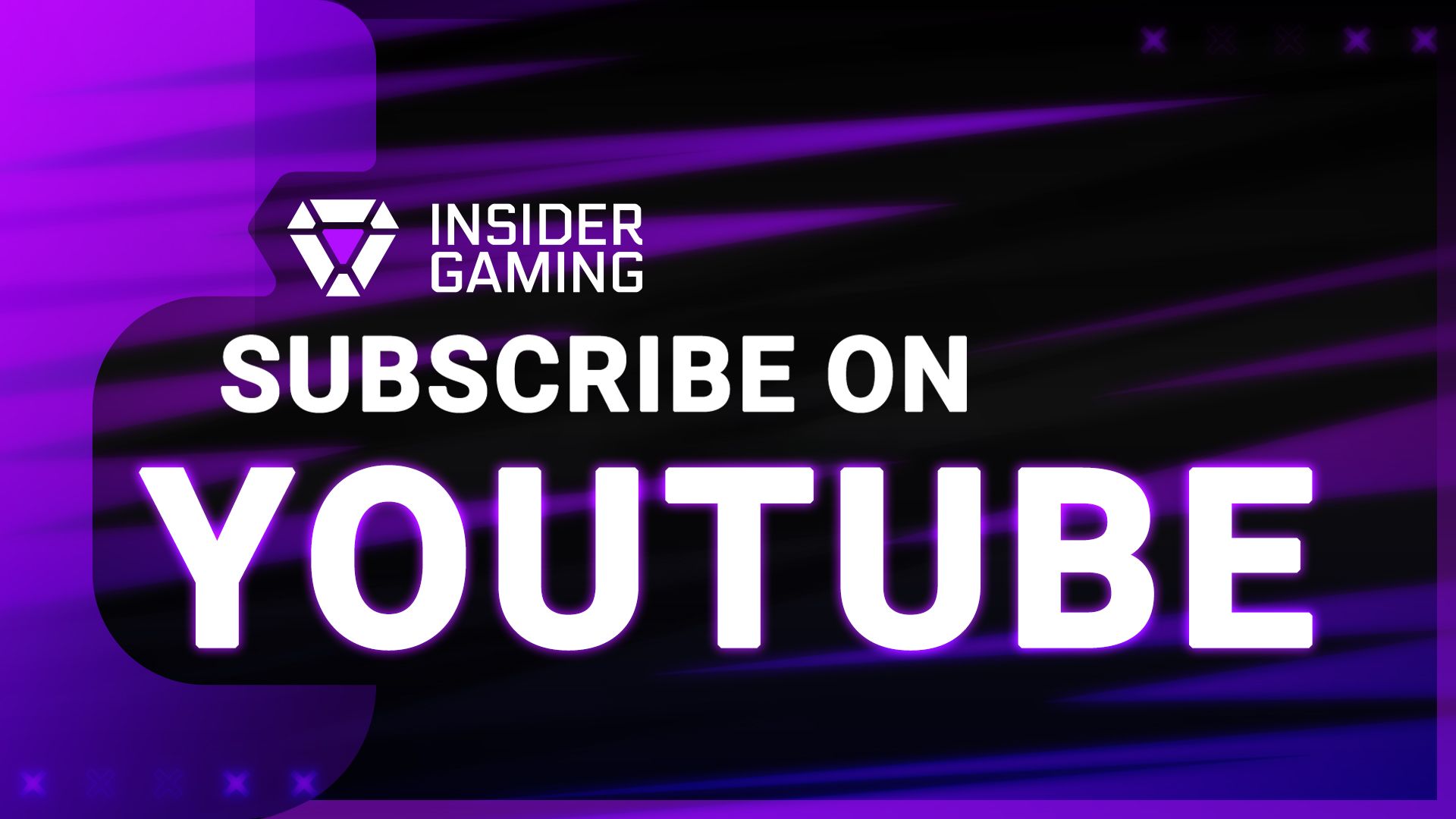Recently, a back-to-basics indie sailing game by the name of Sail Forth was listed on the Epic Games Store as a free-to-play title – albeit for a limited window. Lo and behold, this previously unknown, quietly-spoken (but pretty) sailing title with barely 350 reviews on Steam skyrocketed to 2.4 million downloads in two days on the Epic Store.
In a post on Twitter, the game’s creator – David Evans – stressed that the player count had leapt monumentally, exploding and reaching lofty growth-fuelled heights of more than 282,041%. It’s a testament to the power of ‘going free’, which is how many other games historically have seen a rise to fame or a massive spike in popularity.
Free to Play Could Be the Way to Play
Many of the most popular games on Earth are free to play – and that’s partly why they’ve succeeded so well. It’s that accessibility aspect; removing the barriers that prevent people from playing the game because of a ‘paywall’. Typically, free-to-play games will boast an operating model that features microtransactions or season passes – but that’s part and parcel of gaming these days, and it’s something we actively expect from a game with no price tag.
Let’s take a look at some of the most successful free-to-play games:
- Fortnite (44.7 million players on a single day)
- CSGO (1,818,773 player peak ten years after launch)
- Dota 2 (Averages around 400,000 players a month, 11 years after launch)
- PUBG (Broke Steam concurrent player records (3,257,248) went it went free-to-play)
Here are some notable mentions of games that ‘went free’ and saw exceptional results:
- Rocket League
- Fall Guys
- Destiny 2
- Team Fortress 2
- Halo Infinite
- The Sims 4
There’s a vast category of games that boasts sustainable popularity despite being almost exclusively a free-to-play niche: battle royale games. For how long have the likes of Warzone or Apex Legends topped gaming charts?
It isn’t just the free-to-play games, either. It has been stressed in the past that indie games especially tend to thrive on services like Game Pass and PS Now, thanks to the exposure that they receive that they may have otherwise been starved of. It’s a mixed bag, with some indie developers stressing that they’d rather risk going to market the traditional way, but there’s no denying that in the last few years, the influx of indie titles on Game Pass has seen some developers revel in success and popularity.
It’s not always a good thing for players, of course. Recently, Hell Let Loose was listed once again on Game Pass on Xbox and PC, and the hardcore community started grumbling, complaining that the vast swathes of new ‘free’ players making their way into the game were ruining the atmosphere.
Ultimately, it’s a tried and tested operating model that has been proven to work over and over again. From mobile games with free-to-play structures to AAA titles that pivot to a free-to-play model after years on the market, growth is almost always a given when there’s no price tag involved – or if a subscription service is at play. For the developers, it’s just a case of making sure that there’s some way to glean value from that model – it’s no good having 2.4 million downloads if at the end of the day, you’re not gaining anything from it but come-and-go players.
Are any of your favourite games free to play?
For more Insider Gaming coverage, check out the news that Rocksteady’s co-founders have started a new studio











Yes it’s the future